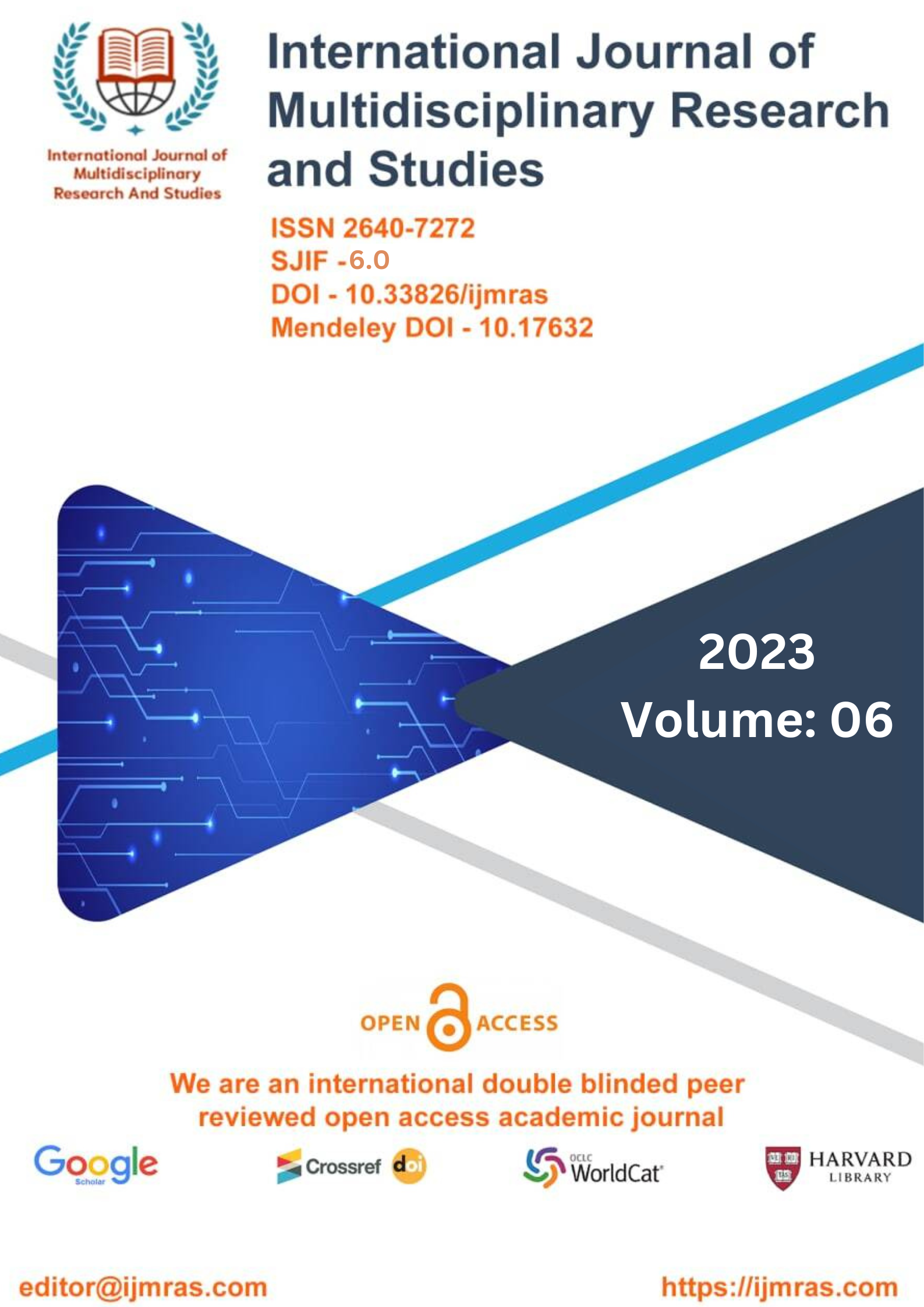The Evaluate the antidiabetic and hypolipidemic potential of the hydroalcoholic extract of crateva magna root (haecmr) and eugenia jambolana seed in streptozotocin (stz)-induced diabetic rats
Abstract
The present study aimed to evaluate the antidiabetic and hypolipidemic potential of the hydroalcoholic extract of Crateva magna root (HAECMR) and Eugenia jambolana seed in streptozotocin (STZ)-induced diabetic rats. Plant materials were collected from the Bhopal region of Madhya Pradesh, India, and authenticated. Extraction was performed using 70% ethanol via Soxhlet apparatus. Preliminary phytochemical screening confirmed the presence of flavonoids, alkaloids, glycosides, tannins, terpenoids, and saponins. Acute oral toxicity was assessed according to OECD-423 guidelines, establishing safety up to 300 mg/kg body weight.Thirty male Wistar rats were divided into five groups and treated for 21 days. Diabetes was induced using STZ, and animals were treated with HAECMR at two doses (100 and 300 mg/kg), Glibenclamide (10 mg/kg), or left untreated (diabetic control). Biochemical parameters including blood glucose, total cholesterol, triglycerides, HDL, LDL, and VLDL were measured at regular intervals. The Oral Glucose Tolerance Test (OGTT) was also performed to assess glucose clearance.Results indicated that HAECMR significantly reduced fasting blood glucose and improved lipid profiles in a dose-dependent manner. The 300 mg/kg dose showed effects comparable to Glibenclamide. Treated groups also exhibited improved plasma insulin levels and recovery of body weight. The observed pharmacological activities are likely attributed to the phytoconstituents identified in the extract.
Keywords
Crateva magna, Eugenia jambolana, antidiabetic activity, hypolipidemic effect, streptozotocin, phytochemical screening, OGTTHow to Cite
References
Crataeva L. species. Rendiconti Lincei, 27, 157-167.
• Jacobs, M. (1964). The genus Crateva (Capparaceae). Blumea: Biodiversity, Evolution and Biogeography of Plants, 12(2), 177-208.
• Watkins, P. J., Amiel, S. A., Howell, S. L., & Turner, E. (2003). Diabetes and its management. John Wiley & Sons.
• Khatun, F., Mahfuz-E-Alam, M., Tithi, N. S., Nasrin, N., & Asaduzzaman, M. (2015). Evaluation of phytochemical, antioxidant, anthelmintic and antimicrobial properties of Crataeva nurvala Buch. Ham. leaves. International Journal of Pharmaceutical Sciences and Research, 6(4), 1422.
• Jhansi, P., Kalpana, T. P., & Ramanujam, C. G. K. (1994). Pollen analysis of some Apis cerana Gadpandey, K. K., Sharma, C. D., Dwivedi, D. K., & Rai, A. N. (1995). Some new ectoparasitic hyphomycetes from Madhya Pradesh, India.
• Chanda, S. K., & Bhaid, M. U. (1988). Studies on the digestibility and nutritive value of common, dried forest fodder tree leaves of Madhya Pradesh in goats.
• Kalarani, D. H., Venkatesh, P., & Dinakar, A. (2009). Anti-Diabetic Activity of Aqueous Extract of Leaves of Pavonia zeylanica in Rats. Research Journal of Pharmacy and Technology, 2(4), 789-792.
• Lolitkar, M. M., & Rao, M. R. (1962). Note on a hypoglycaemic principle isolated from the fruits of Momordica charantia. Journal of the University of Bombay, 29, 223-224.
• Kant, T. H., Ahmed, Z., Pooja, S. K. C., & Samanta, C. K. (2011). Antihyperglycemic activity of petroleum ether extract ethyl acetate extract of Sarcococca saligna. International Journal of Current Pharmaceutical Research, 3(1), 26-29.
License
Copyright (c) 2023 NEERAJ GUPTA, DR. SOURABH JAIN, RAGINI BUNDELA, DR. KARUNAKAR SHUKLA, NEHA JAIN

This work is licensed under a Creative Commons Attribution 4.0 International License.
Individual articles are published Open Access under the Creative Commons Licence: CC-BY 4.0.




